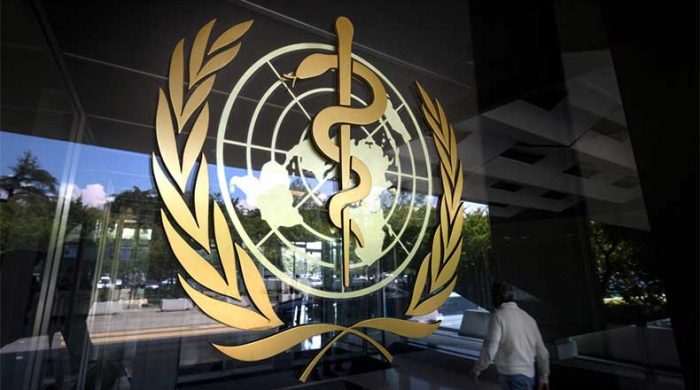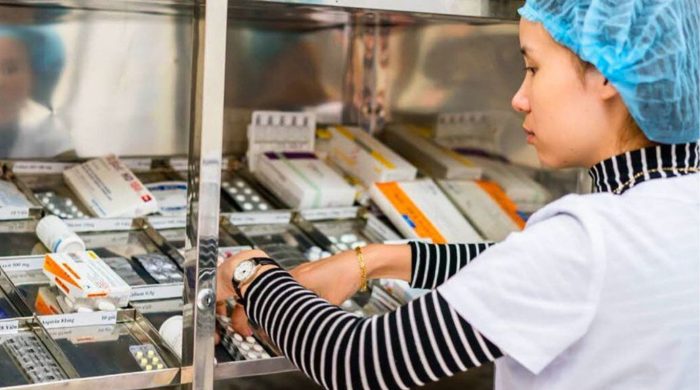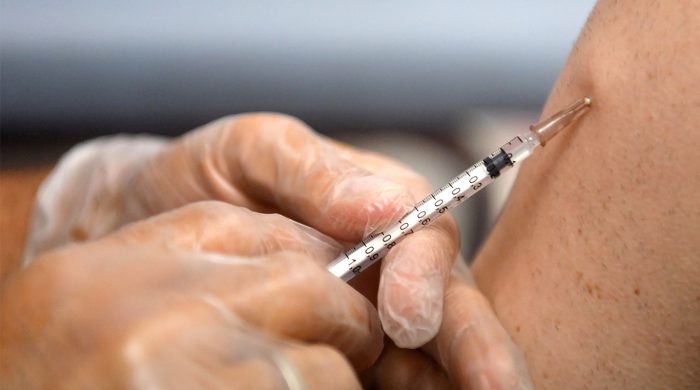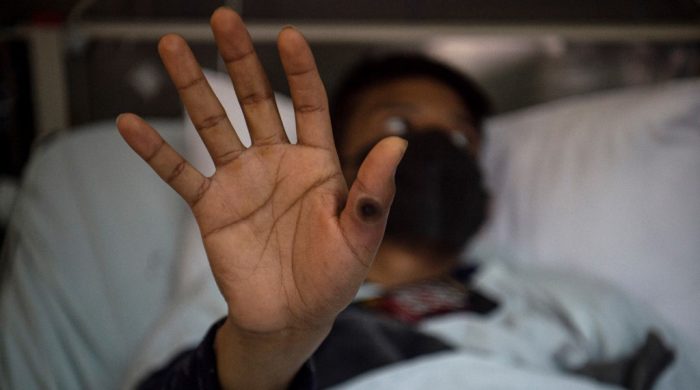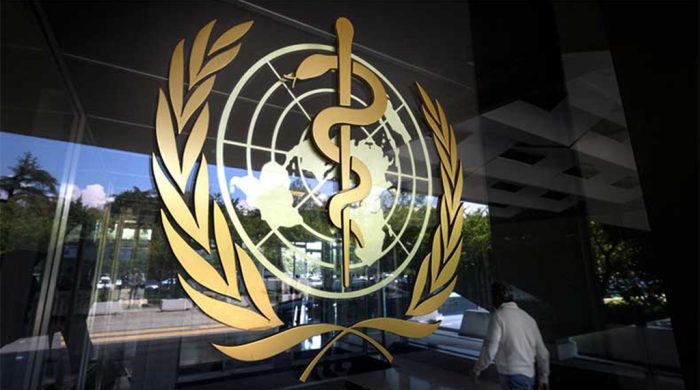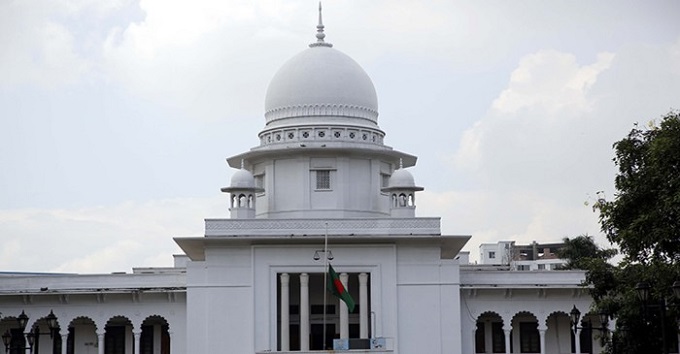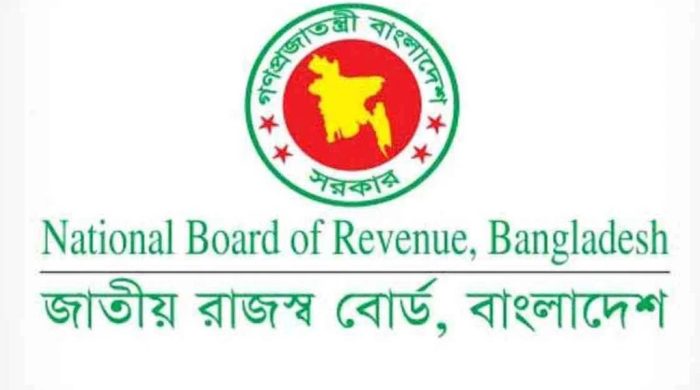Dengue Outbreak: Dhaka deadliest among 10 worst-hit districts

- Update Time : Monday, August 28, 2023
- 72 Time View

The dengue situation continues to worsen across the country with Dhaka remaining the deadliest city for the mosquito-borne disease.
As of this year, the city has recorded over 400 dengue-related deaths, marking a grim milestone for public health.
According to the Directorate General of Health Services (DGHS), Dhaka is one of ten districts suffering from an overwhelming number of dengue cases.
Official statistics reveal that within the last 24 hours, 11 additional lives were lostdue to the disease and 2,327 new cases were confirmed nationwide.
Overall, 548 people have died and 114,511 have been hospitalised in the current year. The situation is particularly dire in Dhaka, which witnessed eight of the 11 recent deaths and where 1,407 of the fresh cases were diagnosed.
As it stands, a staggering 8,299 patients are receiving treatment across various hospitals, with 4,354 located outside the capital. This month alone has seen an abrupt escalation in both infections and fatalities; 62,679 individuals have been diagnosed with dengue and 297 have died.
A staggering 54.7 percent of the total dengue cases this year were reported in the current month, showcasing an explosive increase.
Specifically focusing on Dhaka, nearly half (47.5 percent) of this year’s total dengue cases and an overwhelming 73.7 percent of the deaths (404) have occurred in the city.
Regarding mortality rates, the national dengue fatality rate is currently at 0.5 percent. However, it spikes to 0.7 percent within the boundaries of Dhaka, while outside the city it lowers to 0.2 percent.
The demographic data adds another layer of concern. Of the total cases, 62.3 percent are males, and 37.7 percent are females.
Disturbingly, women account for approximately 65 percent of the total dengue-related fatalities this year, even though they comprise a smaller proportion of the cases. This suggests a higher fatality rate among women compared to the previous year. Moreover, children below the age of 15 make up 20 percent of the total dengue patients, equating to over 21,000 cases.
The healthcare infrastructure is also severely strained. Hospitals and diagnostic centres are swamped with patients suffering not just from dengue, but also from other maladies such as seasonal viral fevers, typhoid, and coronavirus.
The Health Ministry has noted that 70 percent of dengue patients are receiving treatment in governmental hospitals, leaving the remaining 30 percent to private healthcare establishments.
Regarding geographical spread, DGHS has identified the districts most besieged by the dengue menace.
As of 26 August, Dhaka led with 48.58 percent of the country’s dengue cases, followed by Chattogram at 4.75 percent, Barishal at 4.32 percent, Patuakhali at 2.37 percent, Faridpur at 1.98 percent, Chandpur at 1.89 percent, Lakshmipur at 1.88 percent, Pirojpur at 1.80 percent, Cumilla at 1.72 percent, and Mymensingh at 1.60 percent.
Within the capital itself, ten areas are notably suffering from the dengue outbreak. Jatrabari reported 17.08 percent of the cases, followed by Sabujbag at 12.87 percent, Kadamtoli at 8.29 percent, Mohammadpur at 4.03 percent, Khilgaon at 3.72 percent, Keraniganj at 3.71 percent, Cantonment at 3.54 percent, Uttara at 2.92 percent, Dhanmondi at 2.67 percent, and Pallabi at 2.60 percent.
A weekly epidemiological report from the DGHS marked a slight decrease in the number of dengue patients, listing 14,326 cases in the 34th week (August 20-26) compared to 15,354 in the preceding week.
However, this small dip offers little solace in the face of an unabated public health crisis that has now spread to all 64 districts in the country.
As the nation grapples with this escalating epidemic, there is an urgent need for comprehensive strategies that span from effective mosquito control to public awareness and healthcare readiness.



